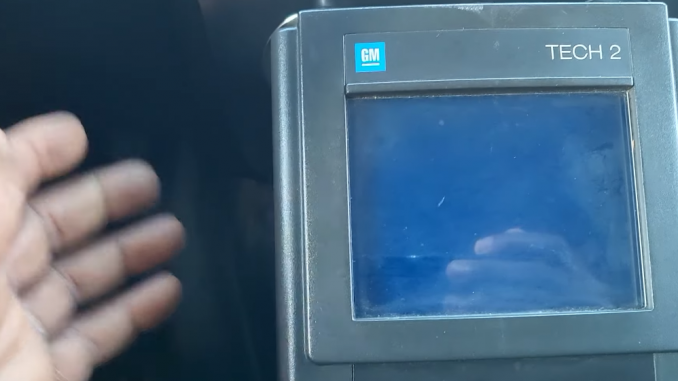
What’s gm tech2
GM Tech2 is a diagnostic tool used by General Motors (GM) dealerships and technicians to diagnose and troubleshoot issues in GM vehicles. It allows technicians to communicate with the onboard computer systems in the vehicle and retrieve information such as fault codes, vehicle identification numbers (VIN), and other data.
The GM Tech 2 Scanner is a handheld device with a touch screen interface and a variety of cables and connectors that allow it to be connected to a vehicle’s onboard diagnostic (OBD) port. The device can be used to perform a wide range of diagnostic functions, including reading and clearing fault codes, monitoring live data streams, and performing system tests.
The GM Tech2 is a powerful tool that can be used to diagnose issues with a wide range of GM vehicles, including cars, trucks, and SUVs. It is commonly used by GM dealerships and independent repair shops to diagnose and repair issues in vehicles.
How to use gm tech2
Using the GM Tech2 requires some basic knowledge of vehicle diagnostics and the specific procedures for the vehicle being worked on. Here are some general steps to follow:
1. Connect the Tech2 to the vehicle’s OBD port. The location of the port varies depending on the vehicle model, but it is typically located under the dashboard on the driver’s side.
2. Turn the vehicle’s ignition on and power up the Tech2.
3. Select the appropriate vehicle model and year from the Tech2’s menu.
4. Choose the diagnostic function you want to perform, such as reading fault codes or performing a system test.
5. Follow the prompts on the Tech2’s screen to complete the diagnostic procedure.
6. Once the diagnostic procedure is complete, you can view and interpret the results on the Tech2’s screen.
7. Based on the results, you can then perform any necessary repairs or maintenance on the vehicle.
It’s important to note that using the GM Tech2 requires some training and experience, and it’s recommended that only trained professionals use it. It’s also important to follow the specific procedures for the vehicle being worked on, as different vehicles may have different diagnostic procedures.
Leave a Reply